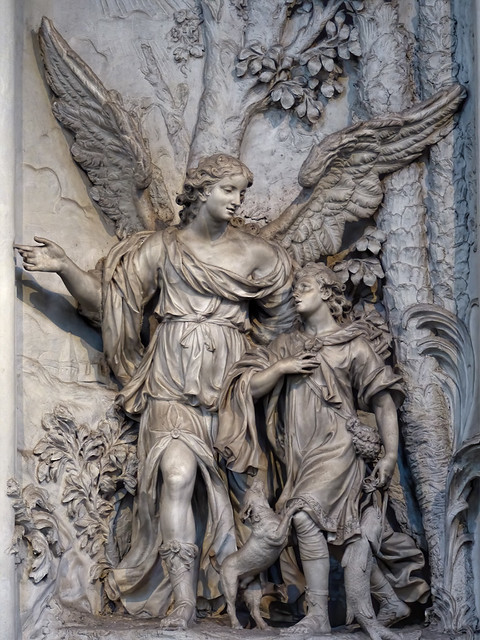Baroque Sculpture

Baroque sculpture, flourishing from the late 16th century to the early 18th century, is a vibrant and dynamic art form that emerged during the Counter-Reformation, particularly in Italy, to inspire faith and awe among the faithful. Characterized by its dramatic intensity, bold movement, and emotional depth, this style contrasts with the balanced harmony of the Renaissance. Sculptors like Gian Lorenzo Bernini, with his masterful works such as the Ecstasy of Saint Teresa, crafted figures that seem to burst into life, their twisting poses and flowing drapery capturing a sense of action frozen in time. Marble and bronze come alive with intricate details—rippling muscles, cascading fabrics, and expressive faces—enhanced by the play of light and shadow to evoke a theatrical, almost spiritual experience. Often set in churches or public spaces, these sculptures feature crowded compositions, with figures interacting in dramatic narratives, reflecting the Baroque era's exuberance and its mission to engage the senses and stir the soul.
